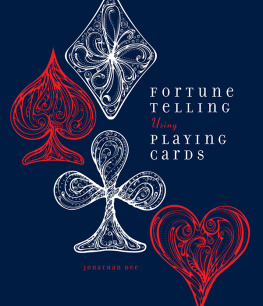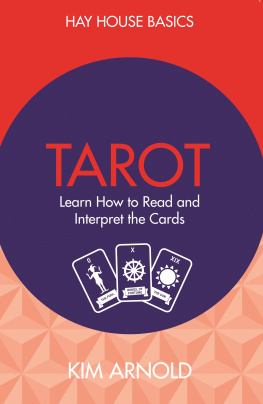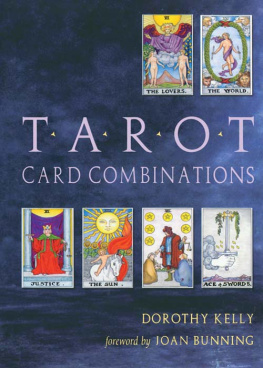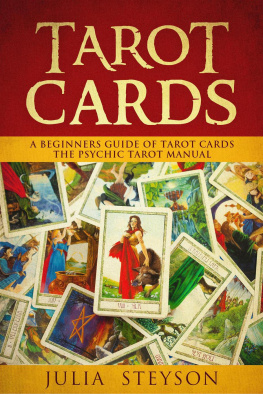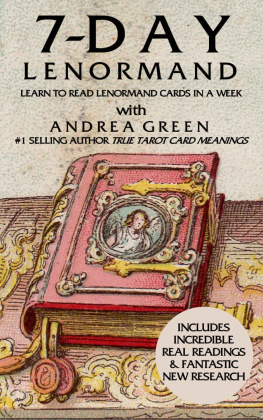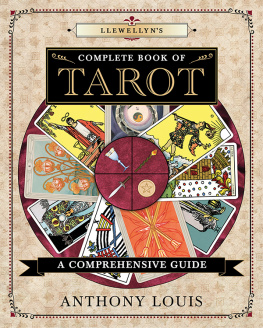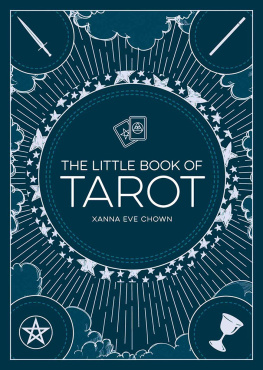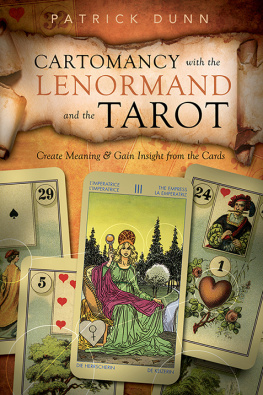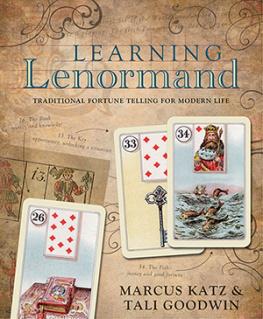10 9 8 7 6 5 4 3 2 1
An Imagine Book
Published by Charlesbridge
85 Main Street
Watertown, MA 02472
617-926-0329
www.charlesbridge.com
Copyright 2004 by Jonathan Dee
Interior and cover design by Melissa Gerber
Interior art 191527493/Bardocz Peter/Shutterstock.com,
191518079/Bardocz Peter/Shutterstock.com
Cover art 106425629/best works/Shutterstock.com,
106425620/best works/Shutterstock.com,
105866369/best works/Shutterstock.com,
105866366/best works/Shutterstock.com
Printed in China, May 2015
All rights reserved, including the right of reproduction in whole or in part in any form. Charlesbridge and colophon are registered trademarks of Charlesbridge Publishing, Inc.
ISBN 978-1-62354-069-2 (softcover)
ISBN 978-1-60734-957-0 (ebook)
ISBN 978-1-60734-958-7 (ebook pdf)
For information about custom editions, special sales, premium and corporate purchases, please contact Charlesbridge Publishing at .



1 THE DECK OF CARDS

T he ordinary deck of playing cards has been used for gaming and fortune telling for centuries. Fortunes have been won and lost, empires have risen and fallen, and gentlemen have done the decent thing and committed suicide (or emigrated) when they could not pay their gambling debts. The turn of a card has been seen as the workings of fate itself, and so profoundly has card-play entered our collective consciousness that many phrases associated with it have entered the language. Everyone who shuffles the deck fervently hopes that:
- Luck will be a lady tonight.
- What we want is in the cards.
- We will play them close to our chests.
- We must play the hand that we were dealt.
- Its up to us to play our cards right.
- We may have an ace up our sleeve.
- And we hope that no one else can trump us.
In recent years fortune telling with cards has become almost the exclusive province of the Tarot. Not too far back into the past Tarot cards were hard to come by and the ordinary, everyday deck of cards, with which we are all familiar, was a far more accessible tool for foretelling the future.
Playing cards may be the descendants of the Minor Arcana cards of the Tarot or they may have developed in parallel to them. There is certainly a relationship between the two decks. They both comprise four suits. The Hearts, Diamonds, Clubs and Spades easily translate into their Tarot equivalents of Cups, Coins, Wands and Swords. In fact, in the latter two suits, Wands are often called Clubs, Staves or Batons while Spades is a direct translation of the Italian and Spanish for Sword.
HOW TO USE THIS BOOK
This book falls into three themes. The first two require inexpensive playing cards that can be found in almost every household, and that can be purchased in every supermarket and many small shops around the world. As you will see, the third section is slightly different, but you can still use ordinary playing cards for this section as well.
The first section deals with the normal, everyday fifty-two-card deck that is used in the game of poker and in numerous other card games. I describe the meaning of the cards, together with their individual symbolism, such as the traditional name, the keywords, astrological associations and the significance of their numbers.
The second and third sections delve into card-reading history and deal with two separate but interrelated strands of interpretation.
TIP
If you want to use cards for fortune telling, buy a new deck and work them in by shuffling them a lot. Before using them the first time, ask for help and guidance from your god, spiritual guides or your higher consciousness so that you use the cards well. When you are not using the cards, keep them in their packet and within a bag or a box that you keep in a safe place. Never use your fortune telling deck for card games and dont allow others to play around with it. Respect your tools and they will respect you even if the tool in question is no more than a humble deck of playing cards.
The second section is concerned with the Romany Method of card reading and it uses a reduced deck of thirty-two cards. This system was popularized in France in the latter part of the eighteenth century by Jean Baptiste Alliette, who is better known by his pen name of Etteilla.
The third section has a totally different slant on the subject of cartomancy. It derives from the work of Mlle Marie Adelaide Lenormand, who read the cards for the Empress Josephine, Napoleon and many other powerful figures of the day. This system also uses a reduced deck, this time with thirty-six cards, and it is more correctly known as the Petit Lenormand. This deck was developed in the early nineteenth century. A Lenormand deck shows the familiar playing card set into a beautiful Victorian illustration. If you want to buy a set of these for yourself, you can find them via the Internet. They are produced by a famous card firm called Piatnik of Vienna. The fact that each card carries an illustration of an ordinary playing card means you can still use this system with a standard playing card deck, unless you decide to treat yourself to a real Lenormand deck.
A series of spreads or card layouts are given at the end of each section. However, as with so much in card reading, the spreads are fluid. So if you wanted to use the poker deck but fancied trying one of the spreads given in the sections that deal with the Romany deck or the Lenormand Method, there is nothing to stop you. The secret of successful card reading is experimentation and discovering what works best for you. There are no hard and fast rules. In fact, as you gain experience you will find your own meanings and ways of reading the cards, and these may be completely divorced from anything that has gone before. If you asked the question how many ways of reading cards are there? the answer would have to be, how many people read the cards? because I can guarantee that every single practiced card reader has a unique method of his own. There is no reason why you should be any different.
TIP
Throughout the book I have tended to use the terms he and him when referring to the questioner. This is simply to avoid the clumsy terminology he or she and him or her. As it happens, while card readers may be of either gender, those who wish to consult them are frequently female. No inadvertent sexism is implied.
THE MYSTERY OF THE CARDS
There is a charming fable that probably originates in the early days of card reading in the latter part of the eighteenth century. The storys setting could be fabled Atlantis, the faded glory of Ancient Egypt or Rome as its empire crumbled. Anyway the point is the barbarians are at the gates and the city is about to fall. Within the most holy temple the wise men meet, knowing that all their knowledge and wisdom, their books, their writings will be burned because these will be worthless as loot to the cruel invaders. In their great wisdom, the aged philosophers agree that their knowledge must be preserved for the ages, but how? Then the oldest and wisest of the company suggested that since they cannot rely on the highest and most noble side of man, they should appeal to his vices. So the deck of cards was created to hide the highest virtue within vice. For as long as man exists he will want to gamble, little knowing that in that small deck of cards exist many secrets of the past, the future, the nature of existence and of time itself.

